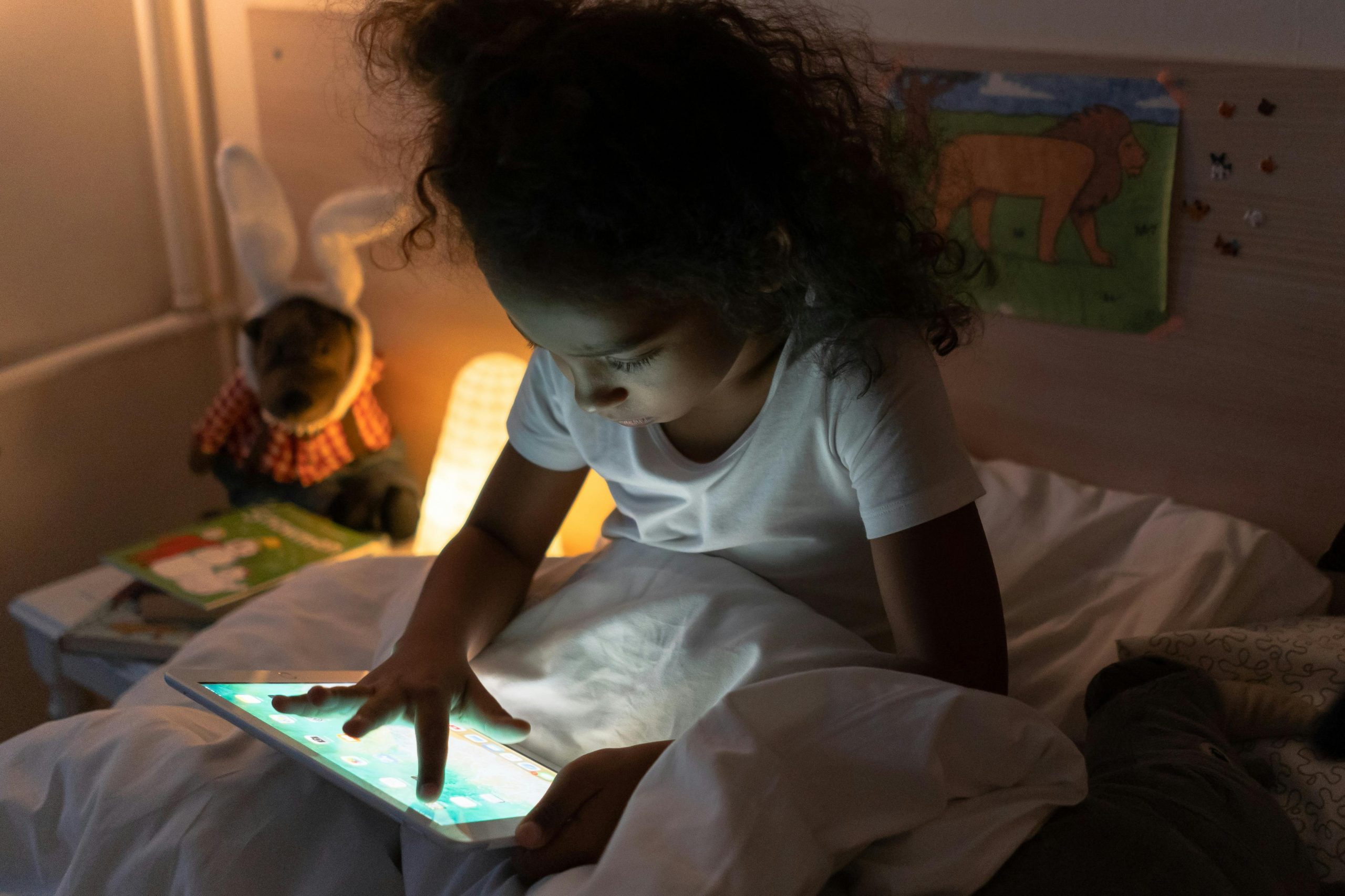In today’s digital age, screens are an unavoidable part of daily life. From online learning to entertainment, children are exposed to digital devices more than ever before. While technology offers numerous benefits, excessive screen time can negatively impact a child’s physical health, mental well-being, and social development. The key lies in finding a balance—teaching kids how to engage with screens responsibly while fostering healthy habits that last a lifetime.
Why Healthy Screen Time Habits Matter
Excessive screen time has been linked to various issues in children, including poor sleep, reduced physical activity, and difficulties in concentration. On the other hand, mindful screen use can enhance learning, creativity, and communication. The goal isn’t to eliminate screens entirely but to cultivate a balanced approach that prioritizes well-being.
Key concerns of excessive screen time:
- Sleep disturbances due to blue light exposure
- Increased risk of obesity from sedentary behavior
- Potential delays in social and emotional development
- Exposure to inappropriate content
By setting clear boundaries and modeling good behavior, parents can help children develop a healthy relationship with technology.
Set Clear Screen Time Limits
Establishing structured guidelines is the first step toward managing screen time effectively. The American Academy of Pediatrics (AAP) recommends no more than one hour per day of high-quality programming for children aged 2 to 5, and consistent limits for older kids.
Tips for setting limits:
- Use built-in parental controls to enforce time restrictions
- Create a daily schedule that includes screen-free activities
- Designate screen-free zones (e.g., bedrooms, dining table)
- Encourage breaks every 30-60 minutes to reduce eye strain
Consistency is crucial—children thrive on routine, and clear expectations help them understand boundaries.
Encourage Active Screen Time
Not all screen time is created equal. Passive consumption, like mindlessly scrolling or binge-watching, offers little value. Instead, promote active screen time, where children engage with content in a meaningful way.
Ways to make screen time productive:
- Choose educational apps and games that promote learning
- Encourage creative activities like digital art or coding
- Watch documentaries or tutorials together and discuss them
- Use video calls to stay connected with family and friends
By guiding children toward high-quality content, parents can turn screen time into an opportunity for growth.
Model Healthy Screen Behavior
Children learn by observing their parents. If adults are constantly glued to their phones, kids are likely to mimic that behavior. Demonstrating mindful screen use sets a powerful example.
How to lead by example:
- Limit your own recreational screen time in front of kids
- Practice device-free meals and family time
- Engage in offline hobbies like reading or outdoor activities
- Discuss why balancing screen time is important
When parents prioritize real-world interactions over digital distractions, children are more likely to follow suit.
Promote Alternative Activities
One of the best ways to reduce excessive screen time is to provide engaging alternatives. When children have other fulfilling activities, they’re less likely to default to screens out of boredom.
Screen-free activities to try:
- Outdoor play (sports, biking, nature walks)
- Arts and crafts (drawing, painting, building projects)
- Board games and puzzles for family bonding
- Reading physical books or listening to audiobooks
By fostering a love for diverse activities, parents help children develop a well-rounded lifestyle.
Conclusion
Developing healthy screen time habits in kids requires a thoughtful and proactive approach. By setting clear limits, encouraging active engagement, modeling good behavior, and promoting offline activities, parents can help their children build a balanced relationship with technology. The goal isn’t to demonize screens but to teach kids how to use them in ways that support their overall well-being. With consistency and patience, families can create a harmonious digital environment where technology enhances—rather than dominates—daily life.
